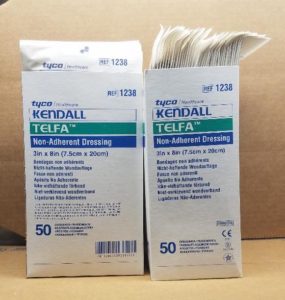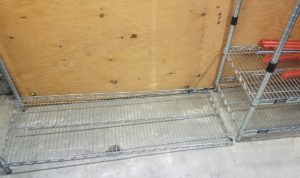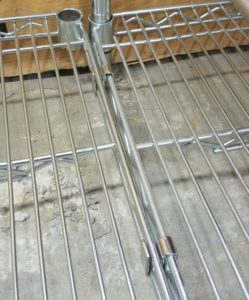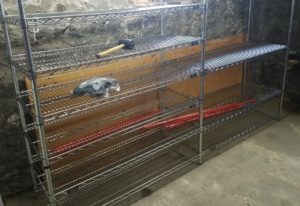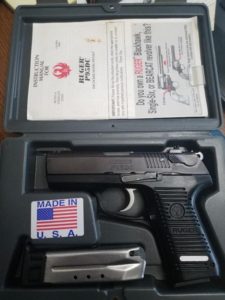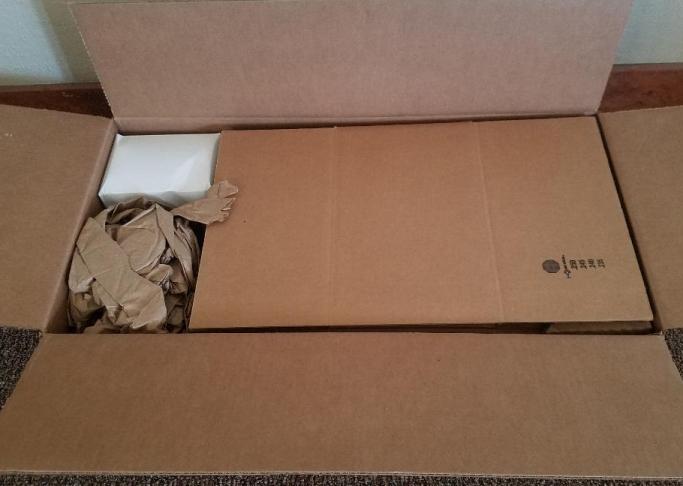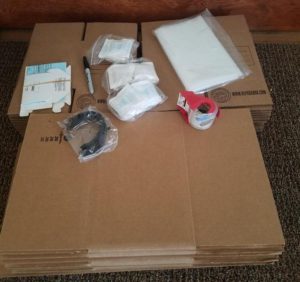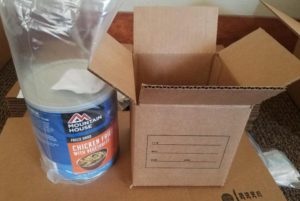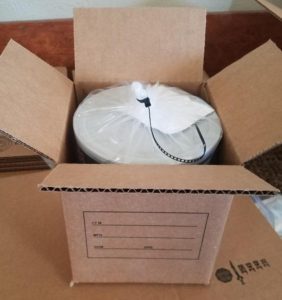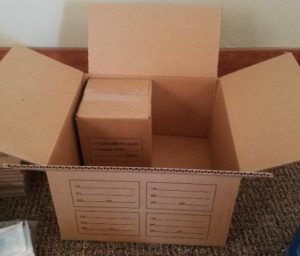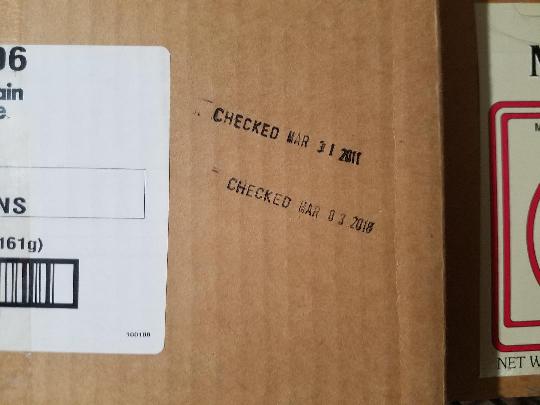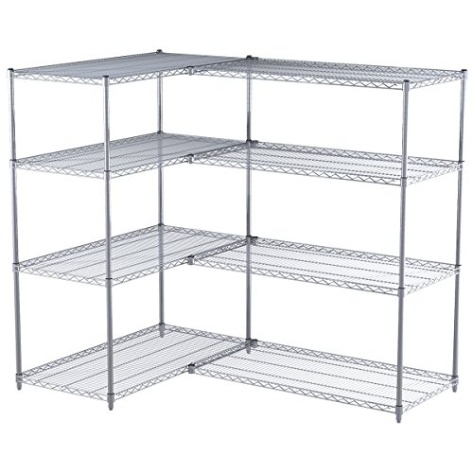Toilet humour is always good for a blog post. Today’s episode comes from Friend Of The Blog ™, Tam, over at View From The Porch where she recounts an episode of what happens when natures call is delayed by overpackaged designer toilet paper.
Here’s the money shot: “Just before I had to declare an emergency and kiss my socks goodbye…..”
Hysterical.
RTWT.
Meanwhile, everyone knows that women go through toilet paper like Germans through Poland. It’s exponential. Two women do not use twice as much TP as one. There’s a logarithmic (bodily) function somewhere in there.
I bring it up because toilet paper is one of those semi-serious things we survivalists rally around. Right after ‘who has the most guns’ and ‘how much ammo is enough’ comes the ‘how much toilet paper do you store’. I have the space to store a goodly amount, so I keep about 200 rolls on hand. That should cover me for a good while unless I develop a sudden interest in Mexican food or drink a Giardia cocktail.
Toilet paper is one of those things that is usually briefly touched on in survivalist fiction but almost never addressed in movies or TV. I’ve seen exactly one toilet paper reference in eight years of The Walking Dead. (Specifically, the episode where Bob The Alkie is introduced. He’s sitting on top of a truck trailer with a roll of TP sitting next to him. The implication being that he took a dump on the undead below him.)
Like .22 ammo, there’s just really no just-as-ggod-as substitutes. Leaves, phonebooks, small furry animals, paper towels, and anything else semi-disposable just don’t seem to do the trick.
I suppose you could go the way of the Third Worlders and make sure to use one specific hand for eating and the other for…….. but I didnt make these efforts and sacrifices so I can live like a Third Worlder.
My experience has been that toilet paper has only three natural enemies – women, mice, and moisture. Storing it in a waterproof container handles the moisture, storing it off the ground usually keeps themice from nesting in it, and buying the discount brands usually keeps the Gyno-Americans out of it. For travel, whether planned or unplanned, the usual thing is to just grab a roll, squash it flat, and shove it in a ziploc bag. That has a certain utilitarian quality is simple and effective. Turns out there are special ‘travel packs’ of toilet paper and you really can’t underestimate their utility. I usually just throw a couple of those pocket packs of Kleenex in my bag and use those if necessary…its convenient, cheap, multipurpose, and available.
For travel, whether planned or unplanned, the usual thing is to just grab a roll, squash it flat, and shove it in a ziploc bag. That has a certain utilitarian quality is simple and effective. Turns out there are special ‘travel packs’ of toilet paper and you really can’t underestimate their utility. I usually just throw a couple of those pocket packs of Kleenex in my bag and use those if necessary…its convenient, cheap, multipurpose, and available.
Back in the old days, MRE’s used to give you actual toilet paper and it was worth saving the extras from your MRE pack for later use since it was packaged pretty well. Modern MRE’s give you these little blue individual squares that I cannot fathom were ordered by anyone who has ever had to take a dump out in the field.
Moral of the story? Well, first off, toilet paper is cheap and a definite nice-to-have… dont put a dozen rolls in the hallway closet and think you’re done. Go to CostCo and get a couple of the big 30-packs. Second, keep a half dozen in the bathroom. Without getting too..rude…go sit yourself on the toilet and figure out what your maximum reach is from there. Keep the a half dozen rolls within that reach. No brainer. And, finally, if you’re going through any crisis that requires you to whittle down your stock of end-of-the-world TP you’re also in a crisis where personal hygiene just took a boost in importance – so make damn sure to wash your hands and use hand sanitizer afterwards. Your stash of TP goes a lot further when you don’t have to deal with cholera and dysentery.

